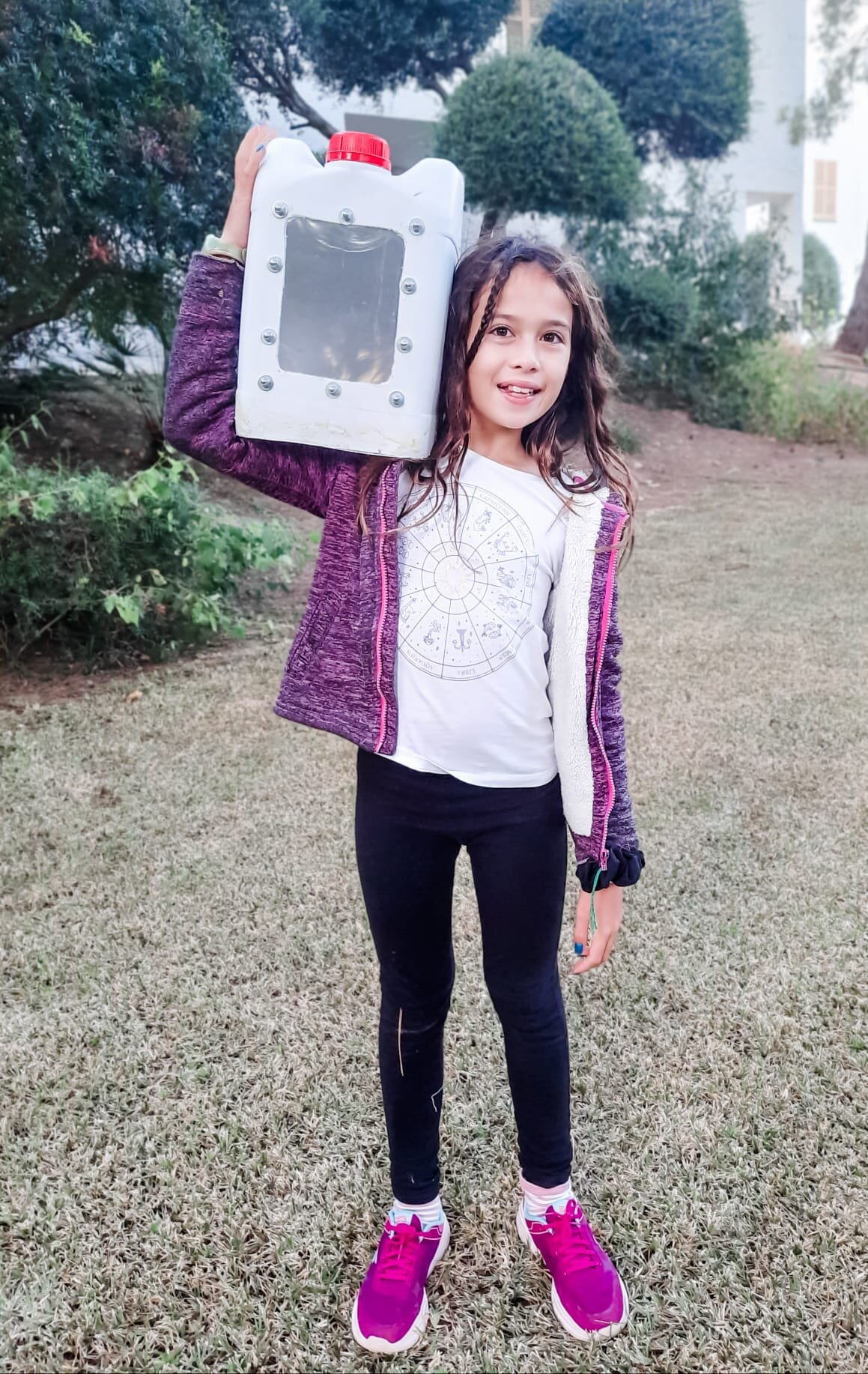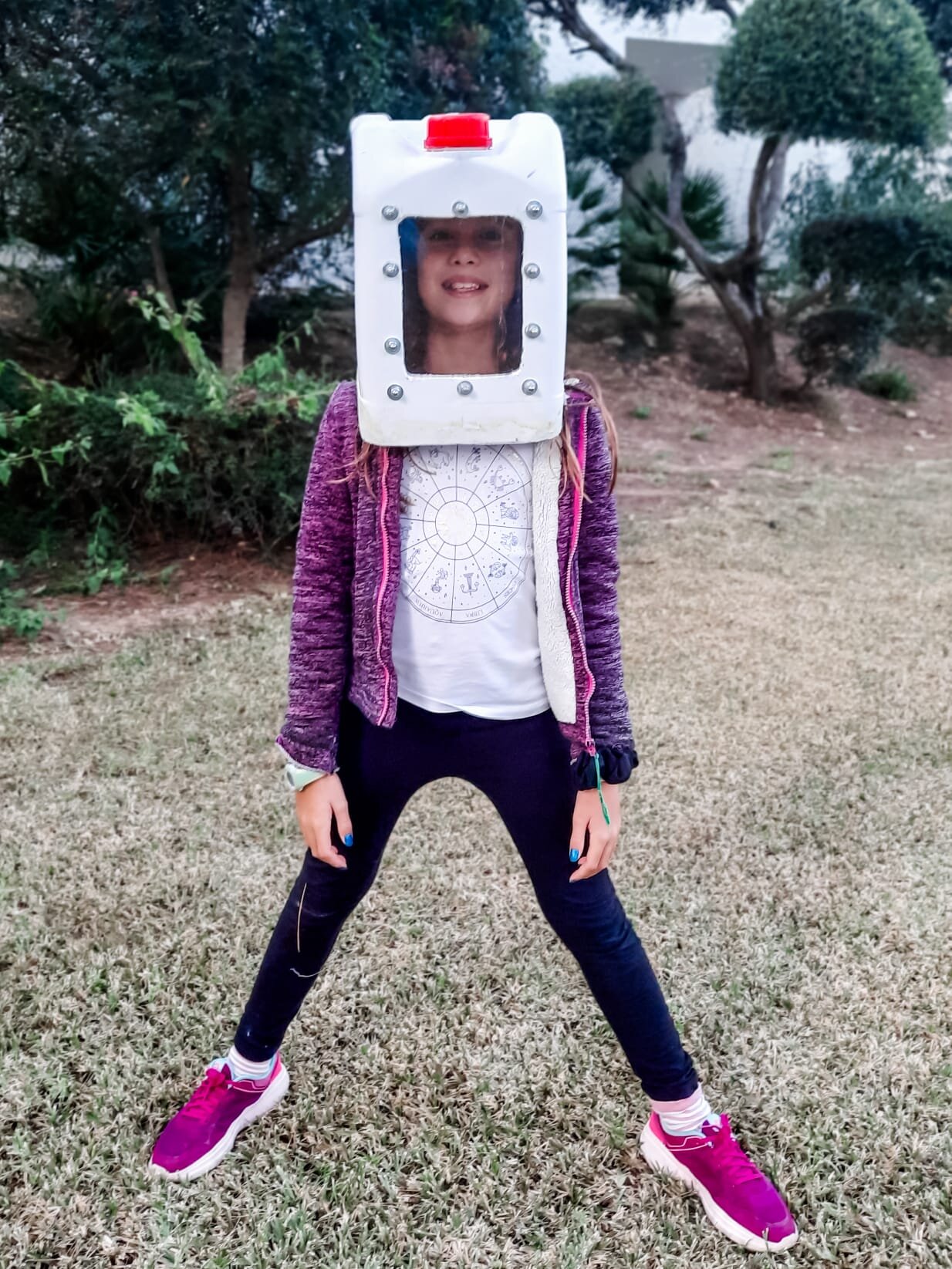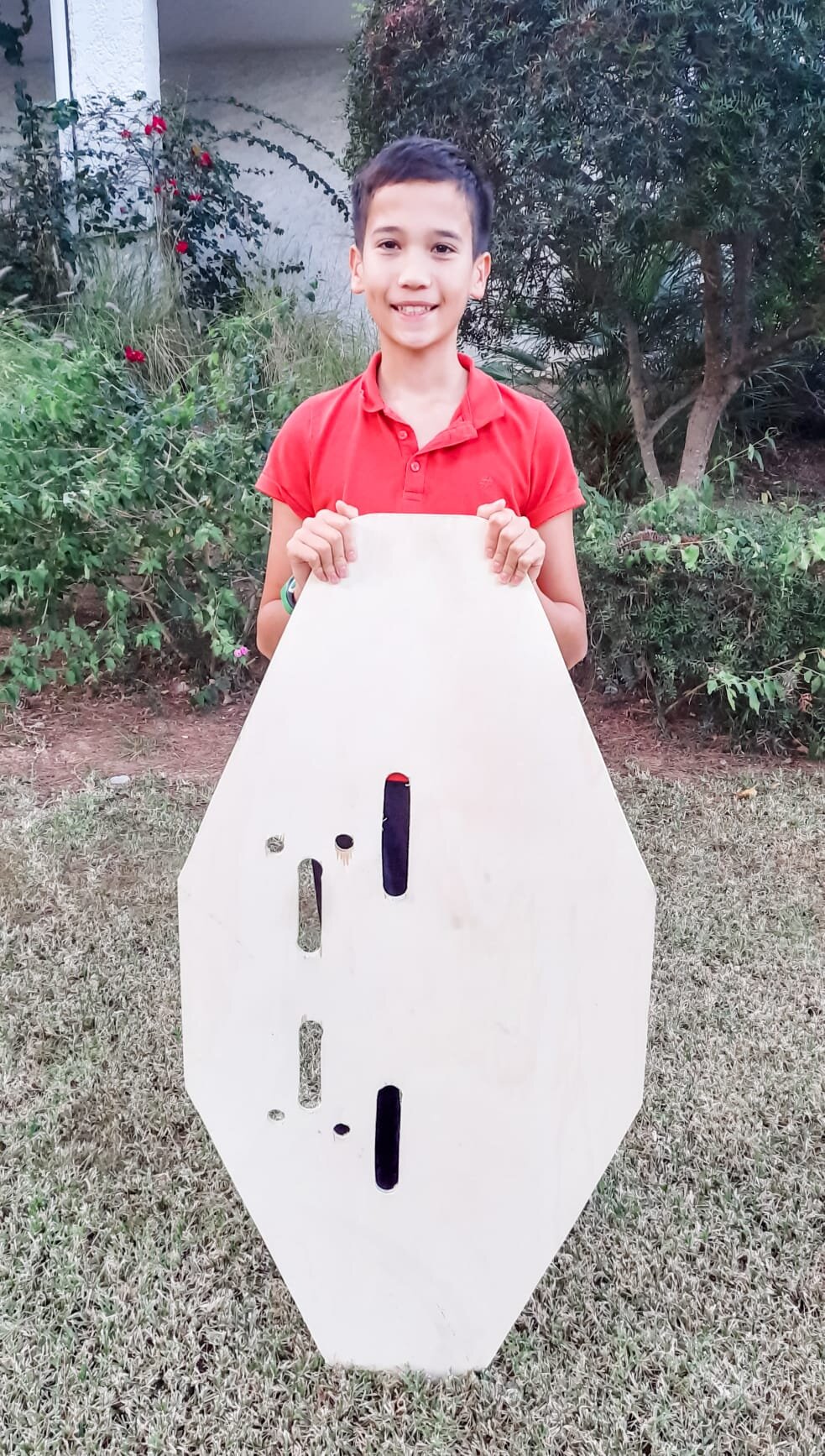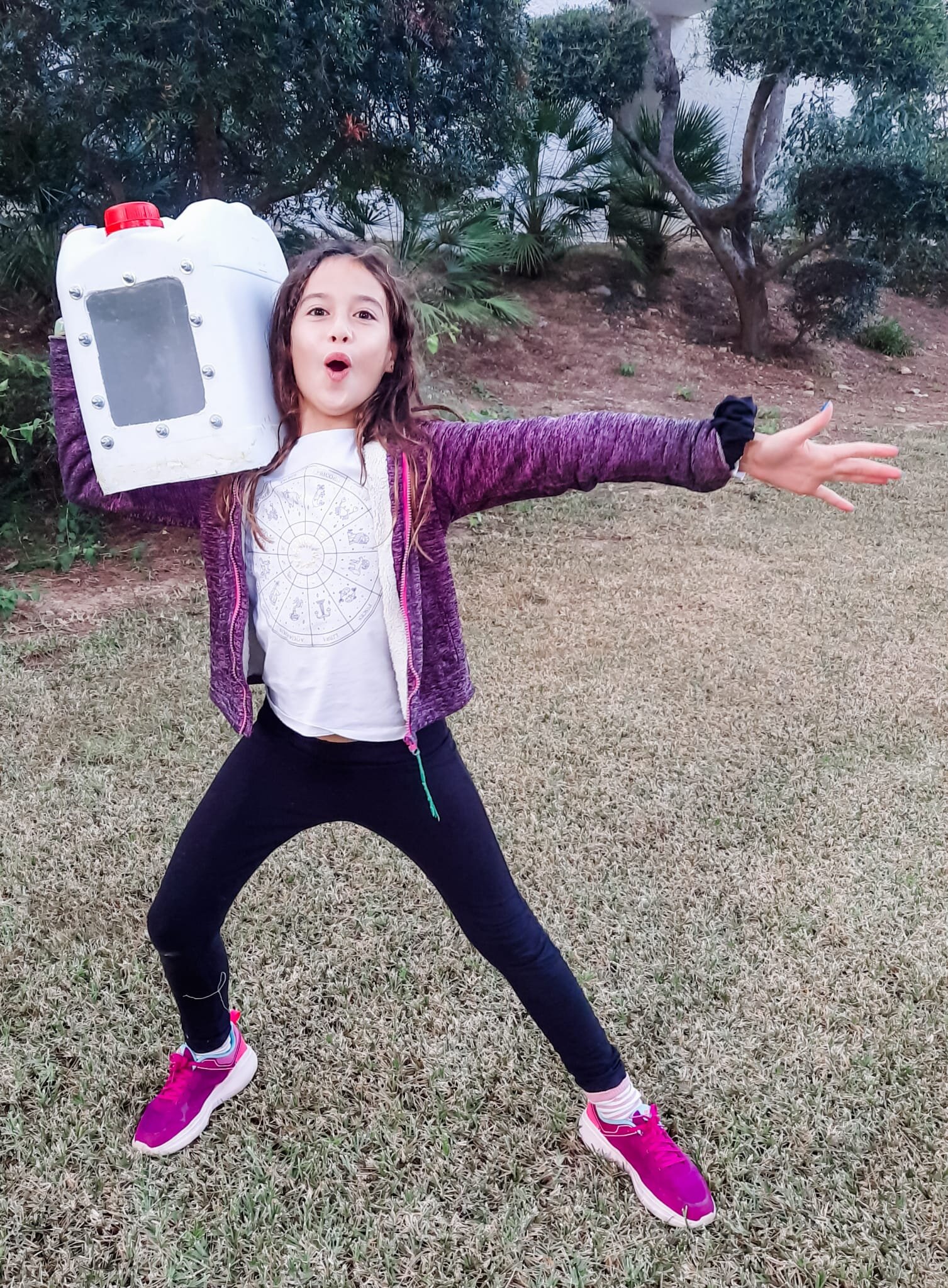In order to see more of the undersea world, I made a very rough, prototype “Diving Plane” from a piece of plywood. It is essentially a wing that is towed behind the boat which the diver holds while being towed. Instead of having to swim, the diver can adjust depth simply by tilting the plane to dive or surface while being pulled along at low speed. Noah tested it for us and loved it: He found that the depth and direction are controlled by body position as much as by the attitude of the plane and he could have stayed in the water all day with it. I was very impressed with his calm approach because instead of becoming over-excited, he remained very calm and methodical in working out how best to use it. He dived on breath-hold, which is safer under these circumstances because a rapid descent or ascent while breathing pressurised gas could be very dangerous. Now that we know how it behaves, I am going to make a slightly improved model and keep it in the boat for regular use.
The photos on the right shows how the plane is held by the diver (only Noah, so far) while being towed. The different positions for hand-holes and tow-rope attachment allow for different degrees of “sensitivity”: The forward towing position makes it less prone to diving. The forward hand-holes allow finer control. Angling or bending the body can also steer the plane both vertically and laterally. All of this was discovered by Noah, who acted as ‘test pilot’.
Another sub-aqua project has finally come to completion too: a dive helmet. I started this a couple of years ago but got distracted and left it unfinished in the garage. The helmet is made from a 20 litre plastic pail and air is supplied from a manual dinghy pump and hosepipe. It needs a lot of weight to counteract its buoyancy though: Sophia and I tested it in the pool by floating it and adding weights until it sank- 16.5 kg in total. (In case you were wondering, a 20 Litre container would obviously need 20kg but the base has been cut off, so the volume is reduced to about 16.5 litres. Therefore, it needed 16.5 kg but we shall attach 17 kg for use in the sea because seawater is approximately 3% denser than the freshwater in which its buoyancy was tested.) Once submerged it will feel weightless but Sophia will need an assistant to help her to don it at the surface. Using my waterproof cameras, we are going to make a demonstration video for her class while she dives with it and walks along the seafloor. This will be in fairly shallow water (for safety) but deep enough to be fully submerged. She rather likes the prospect of starring in her own short film which, no doubt, will entail much narration on her part. She still attends acting classes on weekends- perhaps she will be famous one day. She is certainly a strong and flamboyant performer, despite being very sensitive and sometimes a little shy. The acting is her portal to another persona; the diving helmet is her portal to another world…This film will be an interesting project.)
In the pictures, the weights are not yet attached. A rubber hose and hand-pump will supply fresh air while excess air vents from the bottom of the helmet.





